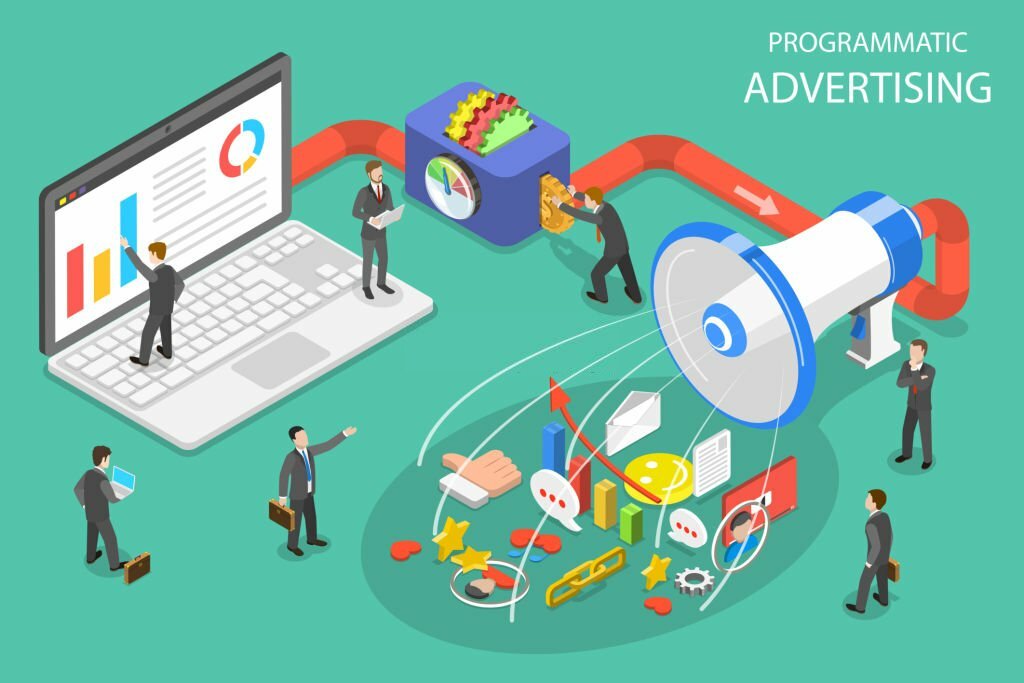
How To Personalize Programmatic Advertising For Improved User Engagement.

How To Personalize Programmatic Advertising For Improved User Engagement
Programmatic advertising has become a game-changer for businesses looking to reach their target audience more effectively and efficiently. However, as the digital landscape becomes increasingly crowded, the need to stand out and engage users has never been more critical. To achieve this goal, personalization is essential. In this blog post, we will explore 10 strategies to personalize programmatic advertising for improved user engagement.
- Understand Your Audience
To personalize your programmatic advertising effectively, you must first understand your target audience. Create detailed buyer personas, considering demographics, interests, online behavior, and purchasing patterns. This information will be invaluable for crafting personalized messages that resonate with your audience.
- Leverage Data Analytics
Data is your most potent tool in programmatic advertising. Utilize advanced analytics tools to collect and analyze user data to gain insights into their preferences, behaviors, and needs. This data-driven approach enables you to create highly personalized advertising campaigns.
- Dynamic Creative Optimization (DCO)
DCO is a technique that allows you to customize ad creative in real time based on user data. Tailor the content, images, and calls to action to match the user’s preferences, making your ads more engaging and relevant.
- Real-Time Bidding (RTB)
RTB allows you to participate in ad auctions in real time, giving you the ability to target users with the right message at the right moment. By using RTB, you can personalize your ad placements for each user, increasing the likelihood of engagement.
- Contextual Targeting
Your ads should be displayed in a context that makes sense to the viewer. Programmatic advertising platforms often offer contextual targeting options, allowing you to display your ads on websites and within content that aligns with your target audience’s interests and needs.
- Retargeting and Remarketing
Retargeting and remarketing strategies enable you to show personalized ads to users who have previously interacted with your website or products. These reminders can re-engage potential customers and encourage them to take the desired action.
- Personalized Landing Pages
Ensure that the landing pages users arrive at after clicking your ads are also personalized. Match the messaging and design to the ad they clicked on, creating a seamless user experience that boosts engagement and conversions.
- A/B Testing
A/B testing is a valuable tool to refine your personalized ad campaigns. Experiment with different ad elements and messaging to identify what resonates most with your audience. Based on the results, you should continue to optimize your ads.
- Mobile Optimization
As mobile usage continues to rise, it’s crucial to personalize your programmatic advertising for mobile users. Ensure that your ads are designed to be responsive and user-friendly on various devices to maximize engagement.
- Behavioral Triggers
Implement behavioral triggers to personalize your ads based on user actions. For example, if a user abandons their shopping cart, send a personalized reminder with an incentive to complete the purchase.
Conclusion
Personalizing programmatic advertising is the future of digital marketing. By implementing these ten strategies, you can effectively engage your target audience, drive higher user engagement, and ultimately achieve better results with your programmatic advertising campaigns. Remember that user engagement is not only about getting users to click but also about building meaningful and lasting connections with your audience. As technology continues to advance, personalization will remain a critical component of any successful programmatic advertising strategy.
